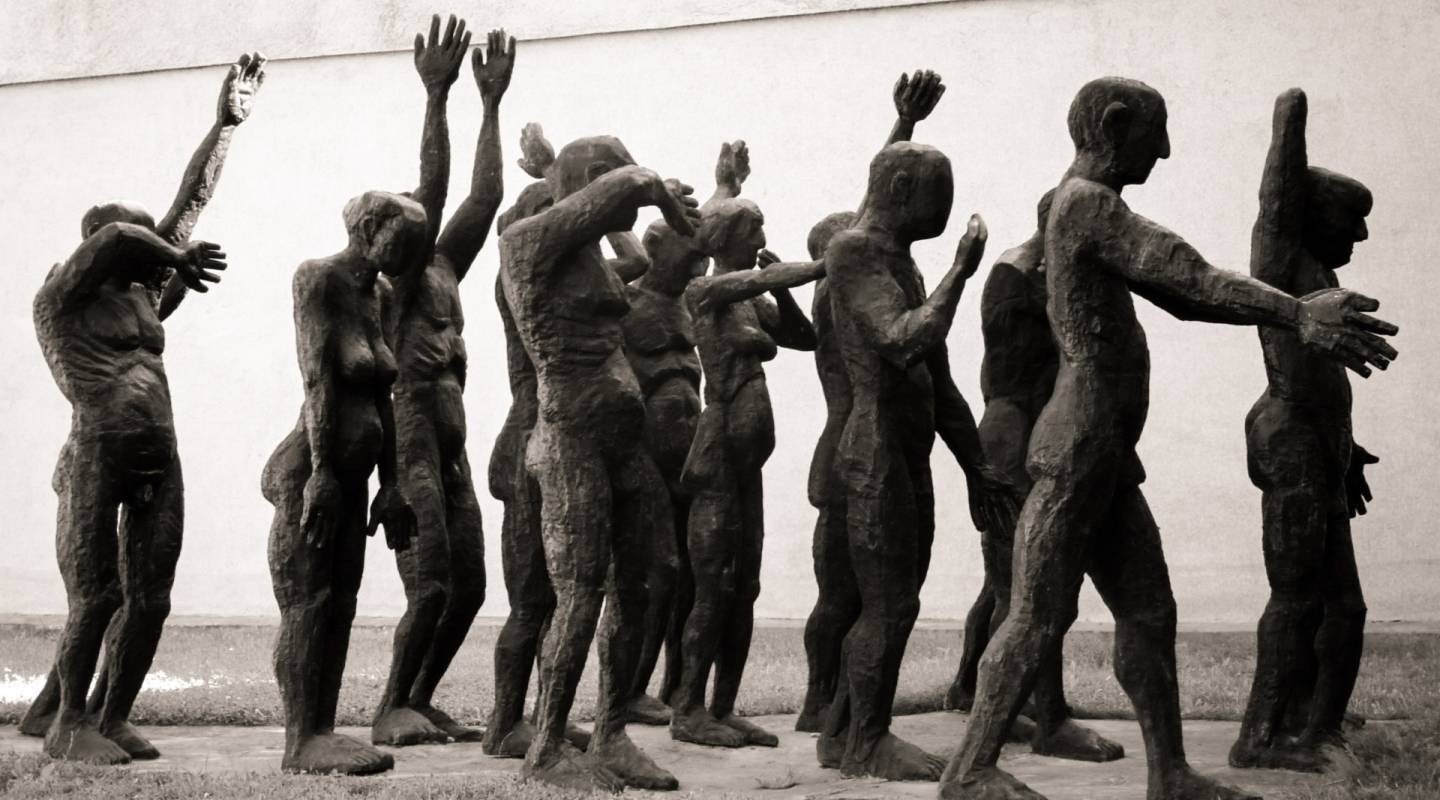
Romania
Capital city — Bucharest
Country population
Incarceration rate (per 100,000 inhabit…
Type of government
Human Development Index
i2016/ UNDPName of authority in charge of the pris…
Total number of prisoners
Average length of imprisonment (in mont…
25months
i2014/ SPACEPrison density
Total number of prison facilities
i2016An NPM has been established
Yescreated in 2015
Female prisoners
Incarcerated minors
Percentage of untried prisoners
Death penalty is abolished
Yessince 1989
Physical integrity
The death penalty was abolished in Romania on December 31st, 1989. On April 7th 2003, the Romanian Parliament ratified Protocol no.13 from the European Convention of Human Rights, abolishing the death penalty in any circumstance.
Deaths in detention
113 prisoners died in 2015, 122 in 2014, according to the 2015 report of the National Administration of Penitentiaries (NAP).
The large majority of prison deaths (86,88%) are the result of disease and infections. Detainees mostly die from cardiovascular diseases and cancer (mainly lung cancer). Overcrowding means that medical care is insufficient and prison conditions are poor. Among the 113 deaths, two detainees died of HIV/AIDS, two men died following violent incidents, one inmate died following repeated self-harm and one died of tuberculosis.
A teenager died in pre-trial detention in Tichilesti on September 7th 2015, after being severely beaten by his cellmate. The incident was reported by the Helsinki Committee (APADOR-CH).
The second most common cause of death is suicide, which represent 9,73% of prison deaths. The suicide rate in detention is almost four times higher than the national suicide rate. Most suicides are committed by hanging (10 out of 11 cases). Educators monitor signs of suicidal behaviour among the prisoners and self-harm is punished.
A prisoner hung himself in Codlea prison at the thermal site where he was working. The prison doctor claimed that he was not known to have any suicidal or depressive symptoms or behaviours.
Number of deaths
113
In 2015, the European Court on Human Rights (ECtHR) condemned Romania in 11 cases for inadequate detention conditions and inhuman treatment of prisoners (violation of article 3 of the Convention).
The European Committee for the prevention of torture last visited Romania in June 2014. Arad, Oradea and Târsgor prisons had reports of prison guards punching (sometimes with reinforced gloves), kicking and beating prisoners with batons, especially detainees held in high-security conditions. This treatment is often justified by the administration as a disciplinary sanction for inter-prisoner violence. This inter-prisoner violence is often not stopped by the guards and guards sometimes use it as a way to intimidate the detainees. Prison staff shortages also contribute to this situation.
On January 30, 2014, in Arad prison, an inmate in maximum-security conditions was punched and wrestled to the ground by non-identified special intervention units wearing hoods. The prisoner was handcuffed, punched in the face, made to kneel before receiving kicks to his body. Despite a medical examination confirming the beating, the inmate was punished with solitary confinement for five days.
Detainees are able to appeal to the prison director and an appointed judge, but often remain silent for fear of retaliation or further punishment. There is a climate of fear in prisons where “special units” tend to replace the prison staff and use violence as a first resort. 34 cases of solitary confinement were reported in 2014. Whilst the legal maximum for solitary confinement is 10 days, this is often not respected. Oradea prison has seen cases of solitary confinement lasting up to 26 days [^1].
[^1]:See the Report of the CPT (in French)
The Constitution and the law prohibit arbitrary arrest and detention.
Ab Al Rahim al-Nashiri, a Saudi national, complained to the European court of human rights (ECtHR) of secret CIA detention and ill treatment in Bucharest-Jilava prison from 2003 to 2005. He alleged that the Romanian government supported the CIA. The case was raised in 2012 (Al Nashiri v. Romania no. 33234/12).
Al Nashiri had been suspected of terrorism, captured in Dubai, and taken to a secret CIA prison in Afghanistan, then to another “black site” in Bangkok and in Poland where he was tortured. He was then sent to the “Black Light” detention program in Romania and tortured alongside others. He alleged that Romania enabled the CIA to transfer him despite the risk of death penalty and ill treatment . On 29 June 2016, the ECtHR held a hearing for case, which is still pending.
According to the Open Society Foundation , Al-Nashiri continues to be held at Guantánamo Bay, where he faces the prospect of trial by a military commission and if convicted, the death penalty.